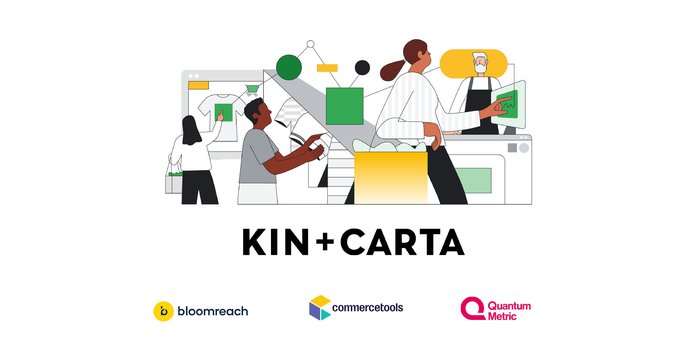Reckitt: Unifying consumer data with Google Cloud
Bastien Parizot
VP Tech & Digital, Reckitt
At Reckitt, we exist to protect, heal and nurture in the relentless pursuit of a cleaner and healthier world. We work tirelessly to get our products into the hands of those who need them across the world because we believe that access to high-quality health and hygiene is a right and not a privilege. The markets in which we operate can be very distinct with the need to understand our consumers in respective regions, run adapted campaigns leading to a need of capturing and using relevant consumer data. To ensure that everyone, everywhere, has access to the health and hygiene products they need, our regional marketing and ecommerce teams require relevant data insights for each market in which Reckitt operates.
The challenges of navigating a fragmented data landscape
Before we created our consumer data ecosystem with Google Cloud, regional insights and achieving this level of data reporting was challenging. We had good insights into certain markets, brands, or aspects of our business, but because our data was fragmented across consumer databases it was impossible to connect data points across the business for comprehensive views of customers, campaigns, and markets. Our activation data was also stored separately from our sales data, making it difficult for us to understand the efficacy of our marketing campaigns.
Targeting relevant users with consolidated customer data
We needed a more unified approach to leverage consumer data effectively. Working with Google Cloud partner Artefact, we built what we call Audience Engine, which is designed to help us with audience activation. The Audience Engine uses Ads Data Hub to consolidate the consumer data from various sources such as websites in BigQuery, allowing us to analyze the path of consumers through our sites in far more detail than before. With the help of Vertex AI, our audience engine then builds models to show which users are in the market for which product, enabling us to build lookalike audiences and provide the right message on the relevant channels to more consumers. The more data that goes into the engine, the more accurate the modeling becomes, allowing us to channel our marketing resources more effectively. As a result, we have seen an average incremental increase in ROI of between 20% and 40%, depending on the campaign.
Once we realized just how powerful a tool our audience engine was, it was obvious that we should migrate all our consumer data to this newly created consumer data ecosystem with Google Cloud, that would form the backbone of our consumer marketing at Reckitt, while staying true to our Responsible Consumer Data Principles.
Modeling results of future campaigns with historical data
The migration began at the end of 2022, so our data transformation is still very much in its infancy, but we have already started to build some highly effective tools that are helping us to make our marketing operations more efficient.
A good example is our marketing ROI modeling tool, which allows us to predict how effective a marketing campaign will be before it goes live. With our historical marketing data unified in BigQuery, we are able to model potential results of specific planned campaigns to give our marketing teams the insights they need to adjust their campaign before it goes live. This helps us deliver a better ROI when scaling up those campaigns. Again, with our data previously fragmented across databases, such insights would have been impossible, making it harder to target our media spends effectively.
Analyzing campaign performance in near real time
Having all our data in BigQuery also enables far more effective reporting on our marketing performance. We can now deliver an analytics tool that enables our media departments to analyze the performance of everything from cost-per-click to ROI.
With these insights, our teams are not only able to optimize media spends or enforce compliance, they can also gain insights into a campaign’s performance in almost real time. This allows them to respond quickly, adjusting a campaign within hours, instead of days.
Becoming a data-driven organization
As we migrate more and more consumer data into Google Cloud, we have noticed a change in the way we work. We are now able to try out new things more quickly: we have been able to test new approaches with our audience engine in less than a month. We build innovative tools and products in a more agile manner, and are more creative in how we use Google Cloud solutions to achieve our aims. As a result, we feel more empowered to experiment and learn at speed.
For example, we are currently building advanced solutions using Google Cloud for predictive and measurement marketing solutions, helping us to master such capabilities internally.
Unifying all our consumer data in Google Cloud has given Reckitt the foundations we wanted. While we still have some way to go towards full data democratization, this backbone will eventually empower all our departments, and particularly our regional marketing and ecommerce teams, to access, understand, and make use of relevant data whenever they need it, to make timely, informed business decisions. That means empowering local teams to make decisions based on the data specific to local markets, helping us to get more health and hygiene products into the hands of those who need them, wherever they are in the world.



